-
 Bitcoin
Bitcoin $78,790.2140
-1.49% -
 Ethereum
Ethereum $1,555.3019
-5.25% -
 Tether USDt
Tether USDt $0.9995
0.01% -
 XRP
XRP $1.8969
-5.39% -
 BNB
BNB $553.9551
-0.44% -
 USDC
USDC $0.9999
0.00% -
 Solana
Solana $106.6975
-2.00% -
 Dogecoin
Dogecoin $0.1482
-3.97% -
 TRON
TRON $0.2286
-2.18% -
 Cardano
Cardano $0.5791
-2.65% -
 UNUS SED LEO
UNUS SED LEO $8.9386
0.31% -
 Toncoin
Toncoin $3.0269
-4.37% -
 Chainlink
Chainlink $11.3834
-2.16% -
 Stellar
Stellar $0.2309
-5.30% -
 Avalanche
Avalanche $16.8255
2.96% -
 Shiba Inu
Shiba Inu $0.0...01138
-0.24% -
 Sui
Sui $2.0185
2.17% -
 Hedera
Hedera $0.1482
2.83% -
 MANTRA
MANTRA $6.2840
4.70% -
 Polkadot
Polkadot $3.6039
-3.49% -
 Bitcoin Cash
Bitcoin Cash $276.5817
-1.61% -
 Dai
Dai $1.0000
0.01% -
 Litecoin
Litecoin $70.9186
-4.08% -
 Ethena USDe
Ethena USDe $0.9988
0.01% -
 Bitget Token
Bitget Token $4.0761
-3.02% -
 Pi
Pi $0.5873
-2.89% -
 Monero
Monero $201.0136
-0.53% -
 Hyperliquid
Hyperliquid $11.1680
6.62% -
 Uniswap
Uniswap $5.1104
-2.75% -
 OKB
OKB $51.0924
2.16%
What is PoSpace (Proof of Space)?
PoSpace uses unused hard drive space to validate blockchain transactions, offering an energy-efficient alternative to PoW and PoS, making it more accessible to participants.
Apr 07, 2025 at 06:07 pm
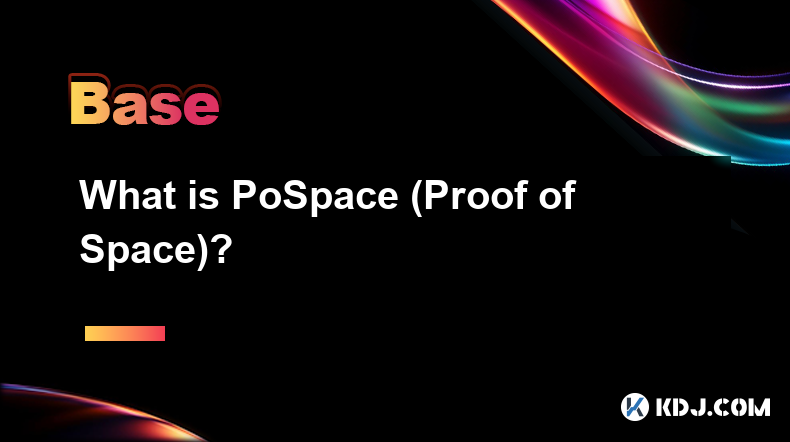
What is PoSpace (Proof of Space)?
Proof of Space (PoSpace) is a consensus mechanism used in blockchain networks that leverages unused storage space on participants' hard drives to validate transactions and secure the network. Unlike Proof of Work (PoW), which requires significant computational power, or Proof of Stake (PoS), which relies on the amount of cryptocurrency held, PoSpace focuses on the physical storage capacity that users are willing to allocate to the network. This approach aims to be more energy-efficient and accessible to a broader range of participants.
How Does PoSpace Work?
In a PoSpace system, participants, often referred to as "farmers," allocate a portion of their hard drive space to store cryptographic data. This data is used to prove that the space is indeed being used for the network's benefit. The process involves the following steps:
- Initialization: Farmers initialize their storage space by filling it with cryptographic data. This data is generated using a specific algorithm that ensures it is verifiable and unique.
- Challenge-Response: The network periodically issues challenges to the farmers. These challenges require farmers to provide proof that they have the allocated space filled with the correct data.
- Verification: The responses from the farmers are verified by the network. If the proof is valid, the farmer is eligible to participate in the consensus process and potentially earn rewards.
Advantages of PoSpace
PoSpace offers several advantages over other consensus mechanisms:
- Energy Efficiency: Unlike PoW, which consumes vast amounts of electricity, PoSpace uses minimal energy since it relies on existing storage space rather than computational power.
- Accessibility: PoSpace allows more people to participate in the network since it does not require specialized hardware. Anyone with spare storage space can become a farmer.
- Decentralization: By lowering the barrier to entry, PoSpace can lead to a more decentralized network, as more individuals can participate without significant investment.
Challenges and Considerations
While PoSpace has its benefits, it also faces certain challenges:
- Storage Costs: Although less expensive than specialized mining hardware, the cost of hard drives can still be a barrier for some potential participants.
- Data Integrity: Ensuring the integrity of the data stored on the network is crucial. Any corruption or loss of data can affect the network's security and reliability.
- Scalability: As the network grows, managing and verifying the large amounts of storage space can become complex and resource-intensive.
Examples of PoSpace in Use
Several blockchain projects have implemented PoSpace as their consensus mechanism:
- Chia Network: Chia is one of the most well-known projects using PoSpace. It aims to create a more sustainable and decentralized blockchain by leveraging unused storage space.
- Burstcoin: Burstcoin was one of the first cryptocurrencies to use PoSpace. It uses a variant called Proof of Capacity (PoC), which is similar to PoSpace but with some differences in implementation.
How to Participate in a PoSpace Network
Participating in a PoSpace network involves several steps:
- Choose a PoSpace Blockchain: Select a blockchain that uses PoSpace, such as Chia or Burstcoin.
- Download and Install Software: Download the official software for the chosen blockchain. For Chia, you would download the Chia Blockchain software; for Burstcoin, you would use the Burst Reference Software.
- Allocate Storage Space: Decide how much storage space you want to allocate to the network. Ensure that the hard drive you use has enough free space.
- Initialize the Space: Use the software to initialize the allocated space. This process will fill the space with cryptographic data.
- Start Farming: Once the space is initialized, you can start farming. The software will automatically respond to network challenges and attempt to earn rewards.
Security Considerations in PoSpace
Security is a critical aspect of any blockchain network, and PoSpace is no exception. Here are some security considerations:
- Data Encryption: Ensure that the data stored on your hard drive is encrypted to protect against unauthorized access.
- Regular Backups: Regularly back up your data to prevent loss in case of hardware failure.
- Network Security: Use secure connections and keep your software up to date to protect against network attacks.
Economic Implications of PoSpace
The economic model of PoSpace can have significant implications for participants and the broader cryptocurrency ecosystem:
- Reward Distribution: The way rewards are distributed in a PoSpace network can affect the economic incentives for participants. A fair and transparent reward system is crucial for maintaining network participation.
- Storage Market Dynamics: The demand for storage space in PoSpace networks can influence the market for hard drives and other storage solutions.
- Token Economics: The design of the cryptocurrency's token economics, including factors like inflation rate and supply cap, can impact the value and utility of the tokens earned through PoSpace.
Frequently Asked Questions
Q: Can I use an SSD for PoSpace farming?
A: Yes, you can use an SSD for PoSpace farming, but it's generally more cost-effective to use HDDs due to their lower cost per gigabyte. SSDs are faster, which can be beneficial for initializing the space, but the cost may outweigh the benefits for most users.
Q: How much storage space do I need to start farming in a PoSpace network?
A: The amount of storage space required can vary depending on the specific blockchain. For Chia, for example, you might start with a few terabytes, but more space increases your chances of earning rewards. It's best to check the specific requirements of the blockchain you're interested in.
Q: Is PoSpace more environmentally friendly than PoW?
A: Yes, PoSpace is generally considered more environmentally friendly than PoW because it does not require the same level of energy consumption. PoSpace uses existing storage space, which is less energy-intensive than the computational power needed for PoW.
Q: Can I participate in multiple PoSpace networks simultaneously?
A: Yes, you can participate in multiple PoSpace networks as long as you have enough storage space to allocate to each network. However, managing multiple networks may require more technical expertise and resources.
Disclaimer:info@kdj.com
The information provided is not trading advice. kdj.com does not assume any responsibility for any investments made based on the information provided in this article. Cryptocurrencies are highly volatile and it is highly recommended that you invest with caution after thorough research!
If you believe that the content used on this website infringes your copyright, please contact us immediately (info@kdj.com) and we will delete it promptly.
- The Nordstrom Beauty Sale Is Here: Shop These 7 Must-Have Products Before They Sell Out
- 2025-04-08 02:15:12
- Bitcoin (BTC) Price Soared 54% Following the Presidential Election Last November
- 2025-04-08 02:15:12
- Intercontinental Exchange (ICE) to Explore New Product Innovations Using USDC Stablecoin and USYC Tokenized Money Market Fund
- 2025-04-08 02:10:12
- Renowned Crypto Market Expert Sends Shockwaves Through the Broader Sector by Projecting a Highly Bullish Outlook for XRP Price
- 2025-04-08 02:10:12
- JuCoin Exchange Expands into the Taiwanese Cryptocurrency Market
- 2025-04-08 02:05:12
- You do not sell your Bitcoin.
- 2025-04-08 02:05:12
Related knowledge
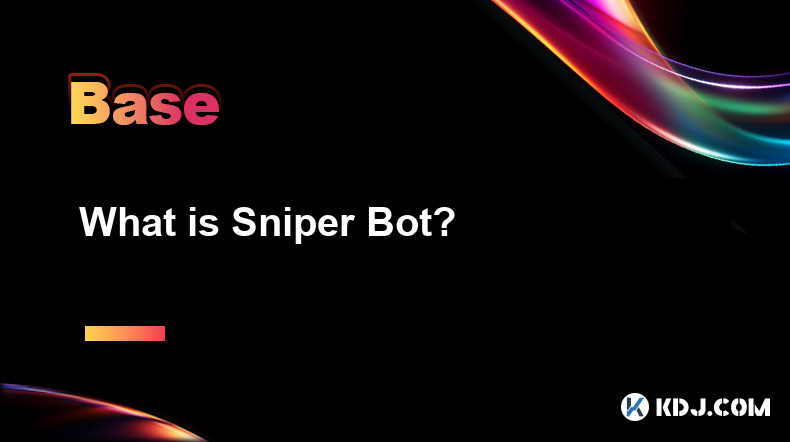
What is Sniper Bot?
Apr 07,2025 at 10:43pm
A Sniper Bot is a type of automated trading software used within the cryptocurrency market to execute trades at optimal times, often milliseconds before other traders. These bots are designed to take advantage of new token listings, price fluctuations, and other market opportunities to buy or sell assets quickly and efficiently. The primary goal of a Sn...

What is Liquidation Bot?
Apr 08,2025 at 02:29am
A Liquidation Bot is an automated software tool designed to execute trades that take advantage of liquidations in the cryptocurrency market. Liquidations occur when a trader's position is forcibly closed due to insufficient margin to maintain the position, often triggered by significant price movements. Liquidation bots aim to profit from these events b...
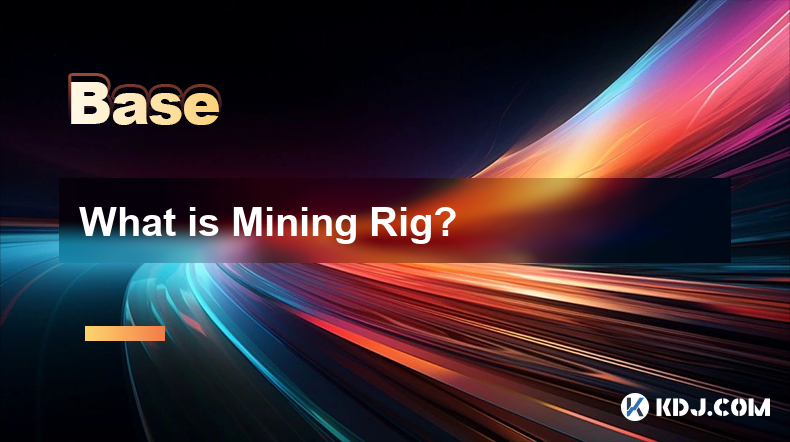
What is Mining Rig?
Apr 07,2025 at 11:08pm
A mining rig is a specialized computer system designed specifically for the purpose of mining cryptocurrencies. Mining, in the context of cryptocurrencies, refers to the process of solving complex mathematical problems to validate transactions and add them to the blockchain. This process requires significant computational power, and a mining rig is buil...
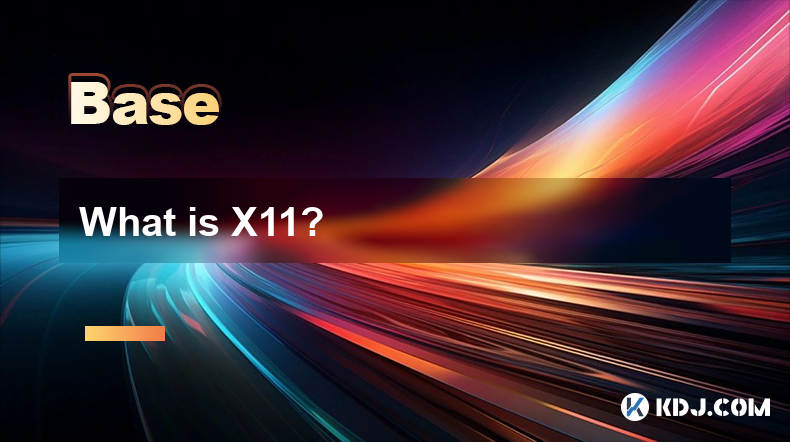
What is X11?
Apr 07,2025 at 09:22pm
What is X11? X11 is a cryptographic hash function used in various cryptocurrencies, most notably in the Dash cryptocurrency. It is designed to provide a high level of security and efficiency, making it a popular choice for blockchain networks. The X11 algorithm is unique because it uses a chain of 11 different hashing algorithms, which enhances its secu...
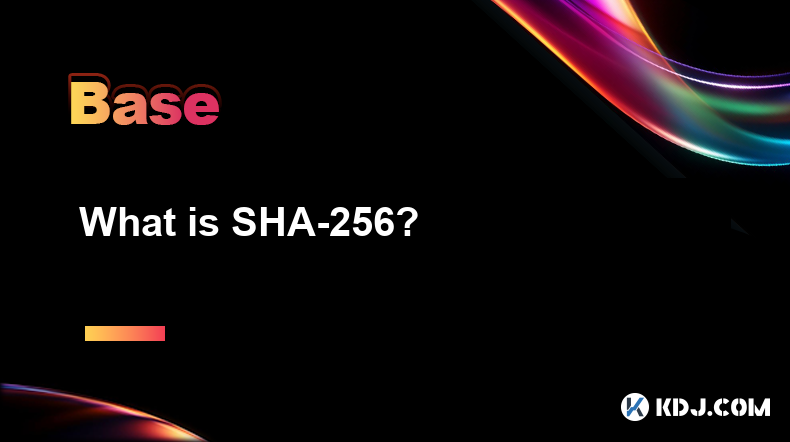
What is SHA-256?
Apr 07,2025 at 11:15pm
What is SHA-256?SHA-256, or Secure Hash Algorithm 256-bit, is a cryptographic hash function that is part of the SHA-2 family of hash functions. It is widely used in the cryptocurrency world, particularly in Bitcoin and other blockchain technologies, for securing data and ensuring the integrity of transactions. This article will delve into the specifics ...

What is an elliptic curve?
Apr 08,2025 at 01:21am
An elliptic curve is a fundamental concept in mathematics that has found significant applications in the field of cryptography, particularly within the cryptocurrency sector. In the context of cryptocurrencies, elliptic curves are used to create secure cryptographic systems that underpin the security of transactions and the generation of digital signatu...

What is Sniper Bot?
Apr 07,2025 at 10:43pm
A Sniper Bot is a type of automated trading software used within the cryptocurrency market to execute trades at optimal times, often milliseconds before other traders. These bots are designed to take advantage of new token listings, price fluctuations, and other market opportunities to buy or sell assets quickly and efficiently. The primary goal of a Sn...

What is Liquidation Bot?
Apr 08,2025 at 02:29am
A Liquidation Bot is an automated software tool designed to execute trades that take advantage of liquidations in the cryptocurrency market. Liquidations occur when a trader's position is forcibly closed due to insufficient margin to maintain the position, often triggered by significant price movements. Liquidation bots aim to profit from these events b...

What is Mining Rig?
Apr 07,2025 at 11:08pm
A mining rig is a specialized computer system designed specifically for the purpose of mining cryptocurrencies. Mining, in the context of cryptocurrencies, refers to the process of solving complex mathematical problems to validate transactions and add them to the blockchain. This process requires significant computational power, and a mining rig is buil...

What is X11?
Apr 07,2025 at 09:22pm
What is X11? X11 is a cryptographic hash function used in various cryptocurrencies, most notably in the Dash cryptocurrency. It is designed to provide a high level of security and efficiency, making it a popular choice for blockchain networks. The X11 algorithm is unique because it uses a chain of 11 different hashing algorithms, which enhances its secu...

What is SHA-256?
Apr 07,2025 at 11:15pm
What is SHA-256?SHA-256, or Secure Hash Algorithm 256-bit, is a cryptographic hash function that is part of the SHA-2 family of hash functions. It is widely used in the cryptocurrency world, particularly in Bitcoin and other blockchain technologies, for securing data and ensuring the integrity of transactions. This article will delve into the specifics ...

What is an elliptic curve?
Apr 08,2025 at 01:21am
An elliptic curve is a fundamental concept in mathematics that has found significant applications in the field of cryptography, particularly within the cryptocurrency sector. In the context of cryptocurrencies, elliptic curves are used to create secure cryptographic systems that underpin the security of transactions and the generation of digital signatu...
See all articles





















































































